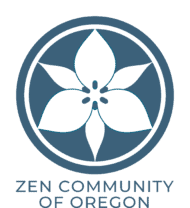We long to be seen. To be seen through, completely. This mysterious longing we human’s often call intimacy. And we are constantly seeking it, in obvious and not so obvious ways. Often it is through partnership, or our romanticized idea of partnership, companionship, even with an animal, or plant. It’s not uncommon in the circles I walk through to hear people say “You know trees really get me” or “I am most at home with the night sky.” If we don’t feel seen, we often seek out intimacy in other ways. For example through casual sex, or eating, or shopping, scrolling through facebook, texting, ect.
Zen practice is the practice of being seen through. The Self seeing through the self/Self. Or to put it another way, the practice of deep intimacy with one’s self, one’s true self.
In our tradition/lineage style we have the practice of Sanzen. Which literally translates as doing zazen together. There are so many aspects to this intimacy. In Buddhism we like to use the analogy of a mandala when referring to the multitudinous aspects of a teaching, to help dislodge the linearity of the rational mind that likes to rank, rate and divide any list into stages that can be passed through and never returned to. But Buddhist practice is circuitous. Dogen Zenji actually uses the analogy of the spiral, a gem is also good–for we are continuously asked to step into different perspectives of truth, to see from different angles, and in doing so, our view evolves.
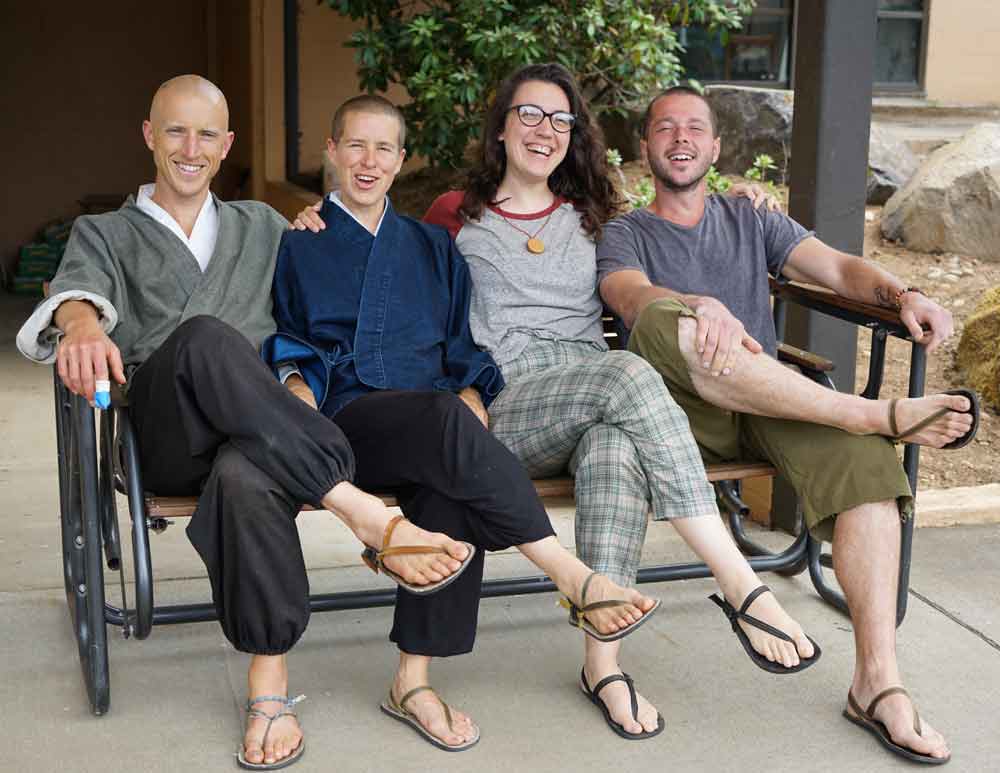
Below I chose to look at five facets of the jewel. As is the case with distinctions, each facet reflects the whole, and yet at the same time each facet is a practice in and of itself. Something that when engaged whole-heartedly will reveal something about our original nature, as well as something about our conditioned habits of separation. **
1. Showing Up
2. Transparency/Honesty/Authenticity
3. Clear Mirror Zen
4. Testing the Fundamental Ground
5. Faith in Heart/Mind
Showing Up
To practice Sanzen is to practice the teacher/student relationship. My teacher Hogen is fond of saying when we ask him why he doesn’t formally take on students, “Who ever is in front of me, and wants to learn from me, is my student.” I like this because it helps me see, that the onus is on me. If I want a teacher, then I need to practice being a student. And the primary aspect of this, is to show up.
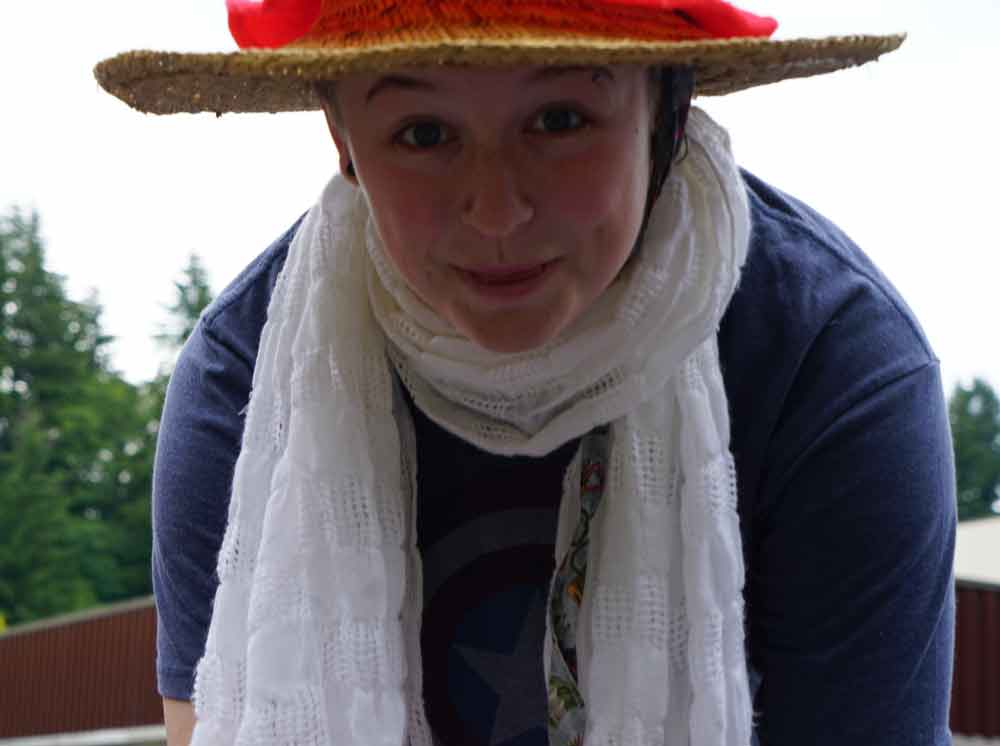
I got this very early on in my formal zen practice. Although it took me six years to actually show up at a Dharma center and sit with a Sangha, when I finally did, I took every advantage I possibly could to show up for Sanzen. Hogen would ask me every few weeks, “Why are you here?” And I was never quite satisfied with how I was able to meet this question, but I did know that even though I wasn’t clear on why, no matter how nervous or self-conscious or unclear I was, I needed to go into that room and sit across from Hogen Roshi, look into his eyes, be in his presence, bow to the lineage, and leave temporarily transformed. And that’s how it was for the first year.
Yes, we talked about my practice. He gave me pointers on meditation, helped me with my posture, ect. But honestly, if it were up to my rational mind, I wouldn’t have biked there every week for our 2- 5 minute interview. It didn’t make sense. Yet so much was happening below the surface. I was learning to show-up to my underfed spiritual life, I was learning to honor it as a deeply important aspect of my life, I was learning how to sit with someone and face the Great Matter of life and death, I was letting go, becoming undone, discovering my own clarity, and it was obvious to me that we were in this together. Somehow in showing up for sanzen, I was showing up for myself, my Sangha, and most importantly for our deep vow to awaken together…
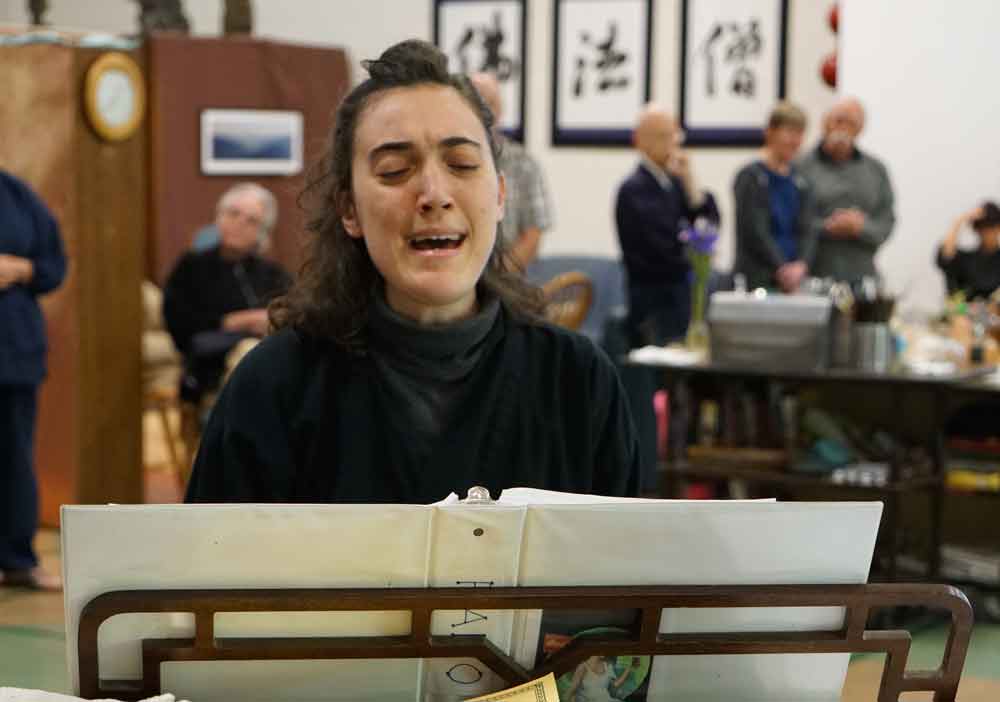
Transparency, Honesty, Authenticity
Zen is not a self improvement project — Jogen Sensei
True nature is our authenticity. Through and through the lineage teachers remind us that we are originally Buddhas. That all beings are Buddha Nature through and through. Sanzen is a practicing in learning to trust our fundamental wholeness. And in doing this we learn to accept ourselves.
So many of us are identified with what we are not. In our zen culture we call this voice of lack the Inner Critic. The Inner Critic may be the opposite of Buddha Nature. The Inner Critic sees only our flaws, and blocks/separates us from true reality.
While sanzen is not therapy, and is not a substitute for therapy–what a skilled dharma teacher can do is help us illuminate and see for ourselves our conditioned habits of body, speech and mind that cause us to separate from true nature.
The practice for the student, is honesty. Showing up, as unadorned as possible. And learning what it feels like to try to “perform”. Bringing forward what is really going on in meditation, in life, what you are seeing about your state of mind, what are you learning about the nature of your heart. This is a space where you don’t need to be anything but what you are in that moment. No need to rehearse, plan, act — but actually more the opposite, to release, open, listen, clarify and receive.
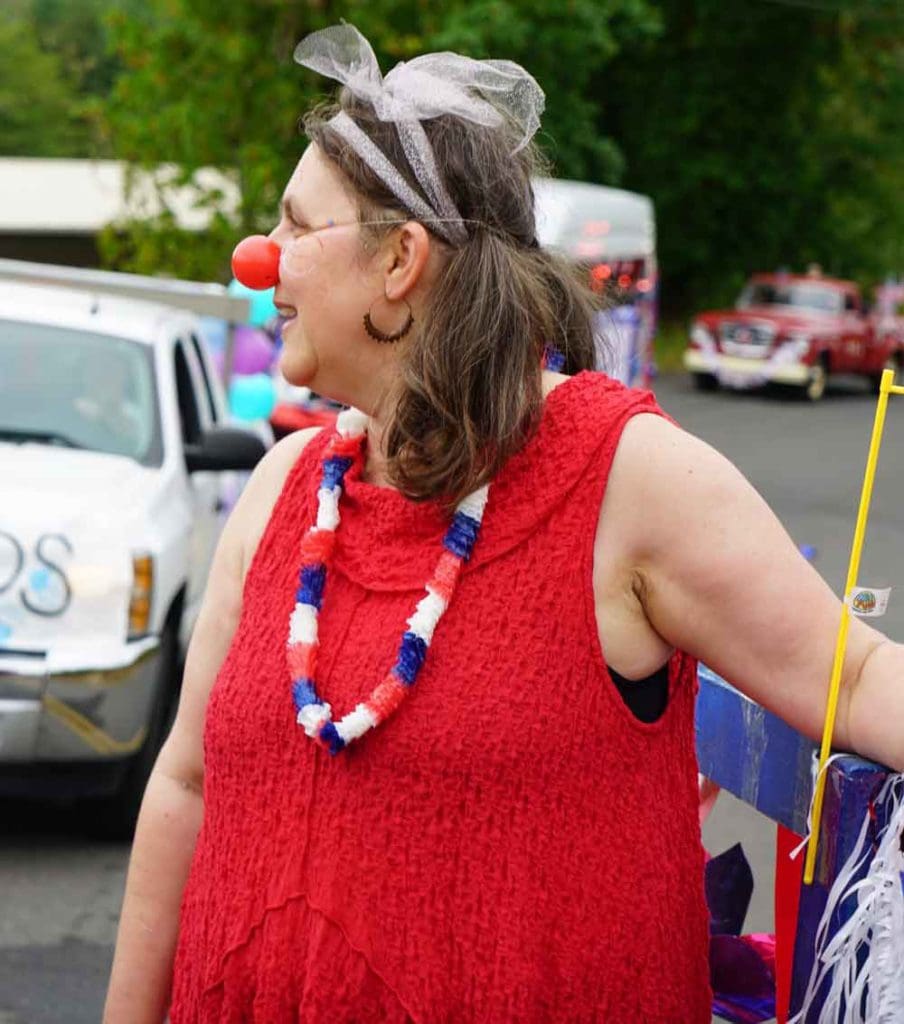
Clear Mirror Zen
Who are you before a single thought arises? The art and practice of doing zazen together, helps reveal the spacious clarity of our fundamental nature. To sit together and allow self consciousness to be burned through.
An analogy is two mirrors reflecting themselves. Trust in non-separation. Trust in Original Nature. Allowing this level of intimacy, letting the small self fade far into the background, and perhaps for moments disappear completely, is a teaching of sanzen.
Allow your mind to clear, and take in the teacher’s state of mind. Practice opening and abiding in this state of mind, for longer and longer after you leave the room. Let the teacher’s zazen be your zazen.
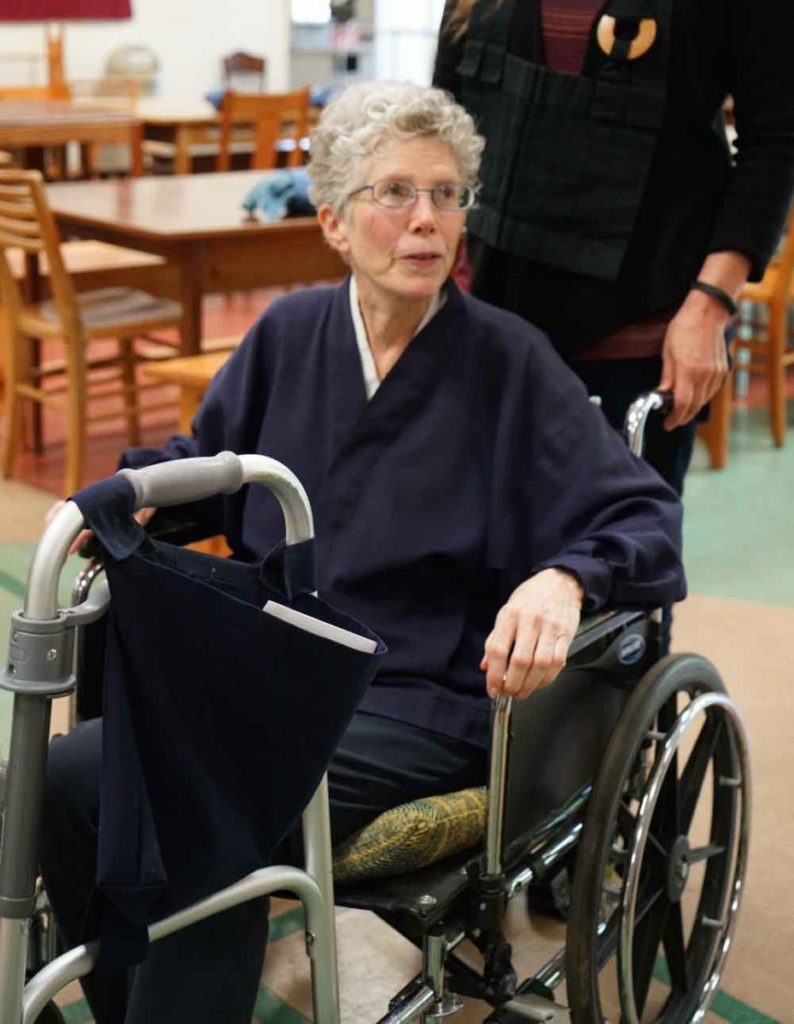
Testing the Fundamental Ground
There are times when confidence takes over. And we may begin to feel too comfortable with our practice, with ourselves. Things are clearing up. We are in touch with our natural state, with our heart, with the silence of mind, the clarity of being.
We go to sanzen. Perhaps looking for more affirmation. Perhaps wanting accolades. And the teacher is stern. Is cutting. Perhaps they throw us a koan. Or dismiss our insight and ask us about our daily life practice.
Chozen sometimes refers to sanzen as the meat grinder. The teachers role then, being to grind our fixed views. To thrust us out of whatever nest we have created for ourselves. Back into not-knowing, into the mystery–because this is where true intimacy is found, and deep learning can happen.
Often people leave practice when it starts to get too comfortable, thinking that they have harvested all the fruit, unaware of the deeper branches. A teacher can pull us in, can help us reignite, can point out the thousand miles of fruit trees that lay un-touched straight ahead.
Trust is fundamental to embarking on this facet together. In my experience teachers usually don’t pull away their support/love. But the breadth of the relationship changes. Their care still comes forward, but they are also helping you completely trust yourself. And to do this, we often need to be tested.
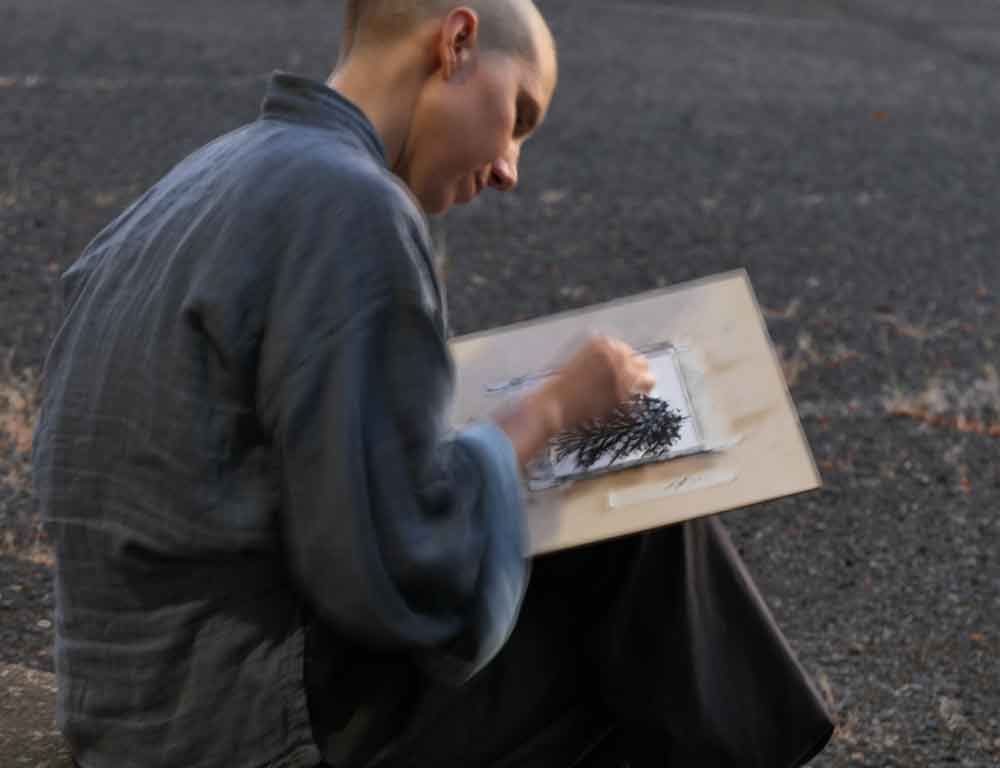
Faith in Heart/Mind
Perhaps this is the facet which turns all the others. Faith is established together. We realize that we share one mind. That everything is Dharma, and is welcome/allowed in the Sanzen room. We have permission to show-up as we are. To be genuine. To test our own limits.
Every interaction points back to this. The Heart/Mind reflecting itself to itself by itself, every moment. Through teacher, through student, through me and you.
May we be seen, and seen through. In this beautiful practice of attention and intimacy with life itself!
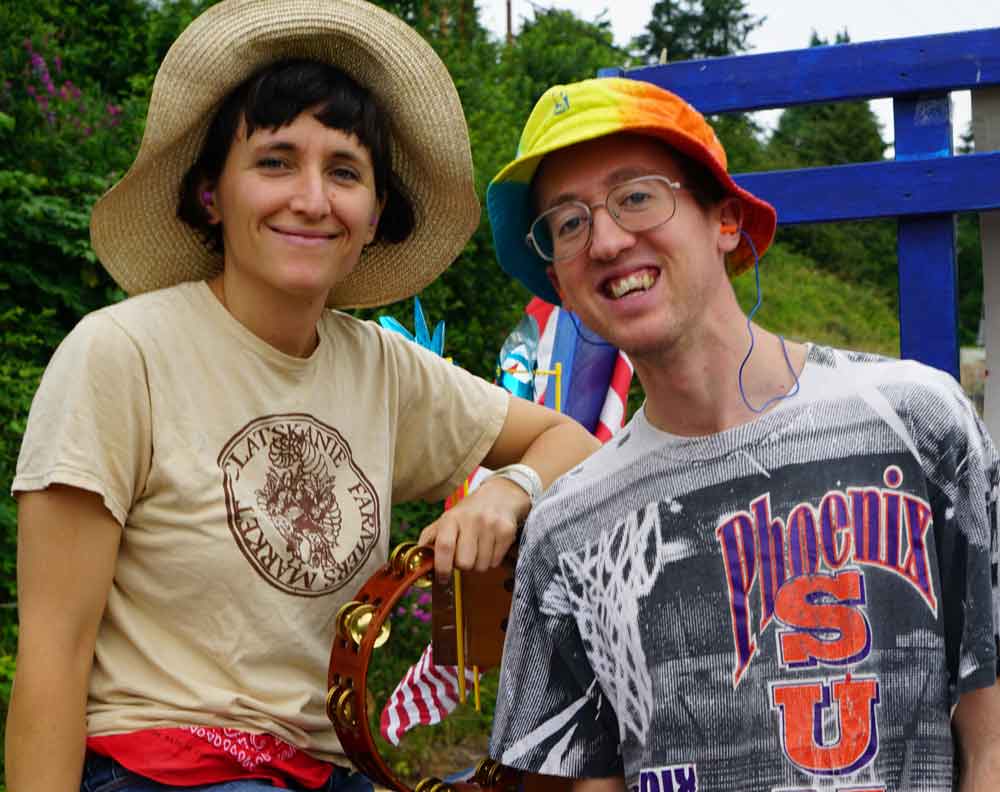
** I also want to caution that what I say above refers to the possibility in sanzen with a teacher who has professional ethical standards, and truly understands the proper personal boundaries implicit in a healthy teacher/student relationship. If you have any reason to believe that the teacher you are working with is not capable of upholding these ethical standards and feel that your personal boundaries have been compromised, please seek help. If your Sangha does not have a grievance procedure or ethics committee FaithTrust Institute has resources and may be able to help you and your Sangha.
